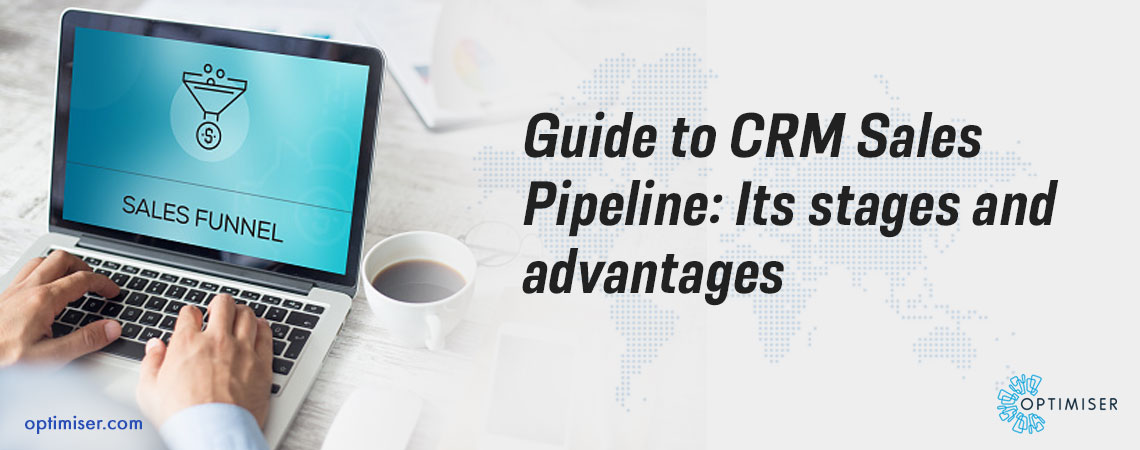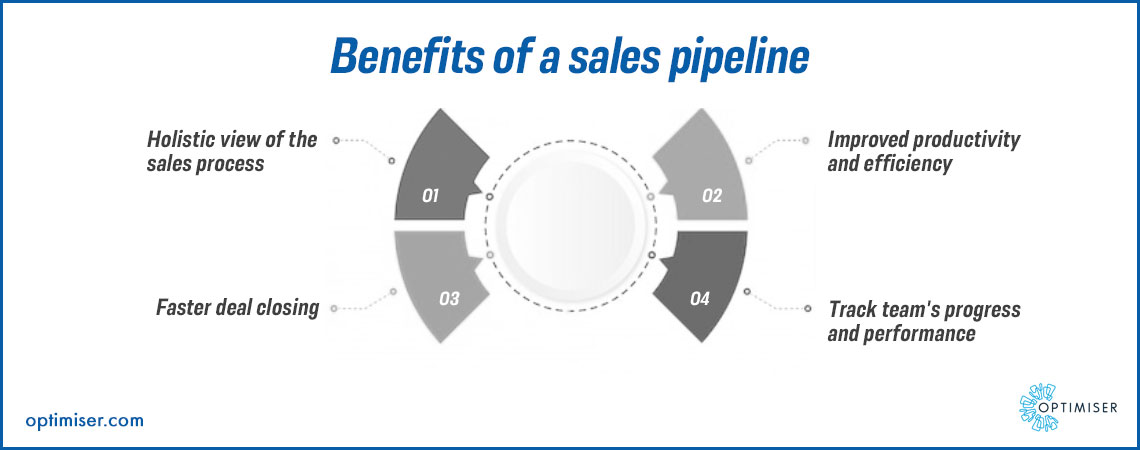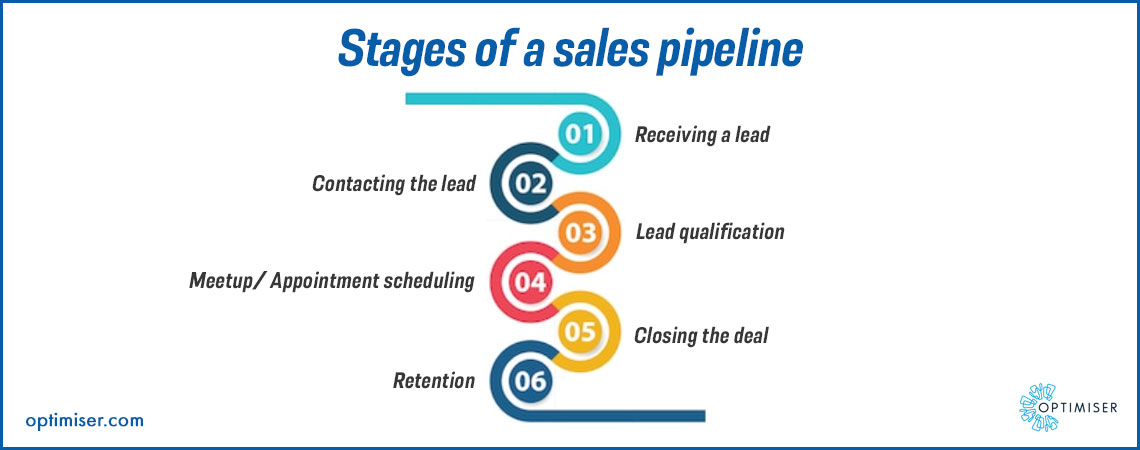
Sales
Guide to CRM Sales Pipeline: Its stages and advantages
A sales pipeline focuses on the different stages a prospect goes through in their journey to become a customer of the business. A sales rep can view the deals they are currently handling, and at what stage every prospect is at. The sales pipeline is optimised and measured using metrics. CRM for the sales team allows them to build an effective sales pipeline seamlessly.
The following metrics are typically considered for a sales pipeline: Names of the potential buyers, the number of qualified leads, Marketing qualified leads or MQL to Sales qualified leads or SQL, cost of acquiring customers, and the average length of the sales cycle as well as the win/ close rates.
These metrics allow you to understand how a lead is engaging with your business and how you can improve the experience of the customers to shorten the length of the sales cycle and advance the close rate.
A sales pipeline is also telling about the performance of your sales team. How the targets are being achieved and what's the improvement in the recent quarter. By implementing Optimiser's CRM sales suite, you can gather AI-enabled insights into the customers and your team members. You can get the much-needed boost from data to grow your business in the market.

Benefits of a sales pipeline
To give you a picture of how important a sales pipeline is, here are the top 4 benefits of implementing it:
- A holistic view of the sales process
A sales pipeline built using Optimiser can allow you to reflect on your sales processes. When you build a pipeline, your sales reps will be following this guideline for each of their deals. Your reps will be able to manage, track and oversee the leads. They can prioritise every lead without missing out on any other.
- Improved productivity and efficiency
The most significant benefit of a sales pipeline is that it can improve productivity and efficiency within the organisation. As the deals are sorted using tags, sales reps can focus on deals that are highly likely to convert into paying customers. With an intuitive lead scoring system, deals with a smaller conversion rate can be avoided.
- Faster deal closing
CRM software allows businesses to keep their data in one place. The manual work processes involved in data administration can be cut down to nil.
- Track team's progress and performance
As mentioned above, the sales pipeline allows business owners to track the progress of their sales teams. The pipeline offers 100% transparency and visibility to managers.
Stages of a sales pipeline
Six stages in the sales pipeline encompass contacting the lead to retaining them.
- Lead received
Once the business receives a lead, the sales reps categorise how they found your business. Or the Optimiser platform will do that for you. In the gridview section where the leads are stored, the platform sorts the prospects whether they came from social media, landing pages, blog posts, email marketing, paid advertising, referral or other marketing strategies.
This stage is known as lead prospecting.
- Contacting leads
When the leads have been received and sorted, your net aim is to contact the leads for meetings. Using one of the communication channels, you can send them a message. It depends on the lead's buyer's journey. If they have signed up for a demo, submitted a query, or for a free trial.
- Lead qualification
Many CRM platforms do the lead qualification for the sales reps. The data collected on the customers' preferences, interests and habits allow the automation to rank them accordingly. This ensures that your sales reps are not using the outdated methods that involve ranking the leads manually. Data-driven insights are far more effective and accurate.
- Meeting up
The next stage of a sales pipeline is the continuation of the former stage. After your leads have been qualified, you can set up a meeting with them and pitch your product. This is the part where your highlight what your product is and how it can help them. At this stage, you convince the customer to purchase your product.

Also Read: Steps to using a Sales Analytics tool to grow your business
5. Closing the deal
A web based sales management system like Optimiser allows you to close the deal in the most seamless way possible. Customers send signals if they are willing to purchase by asking about order forms, payment terms or sometimes stating that they are willing to buy.
6. Customer retention
After you have made the sale, you will need to retain the customer to keep your churn rate down.
Summary
A sales pipeline is a handy way of managing all the prospects through their buyer's journey. It allows a company to personalise the experience and provide a leak-free customer journey and shorten the sales cycle.

30 days free trial. No credit card required
 One powerful platform
One powerful platform
 Simple to use
Simple to use
 Comprehensive
Comprehensive



